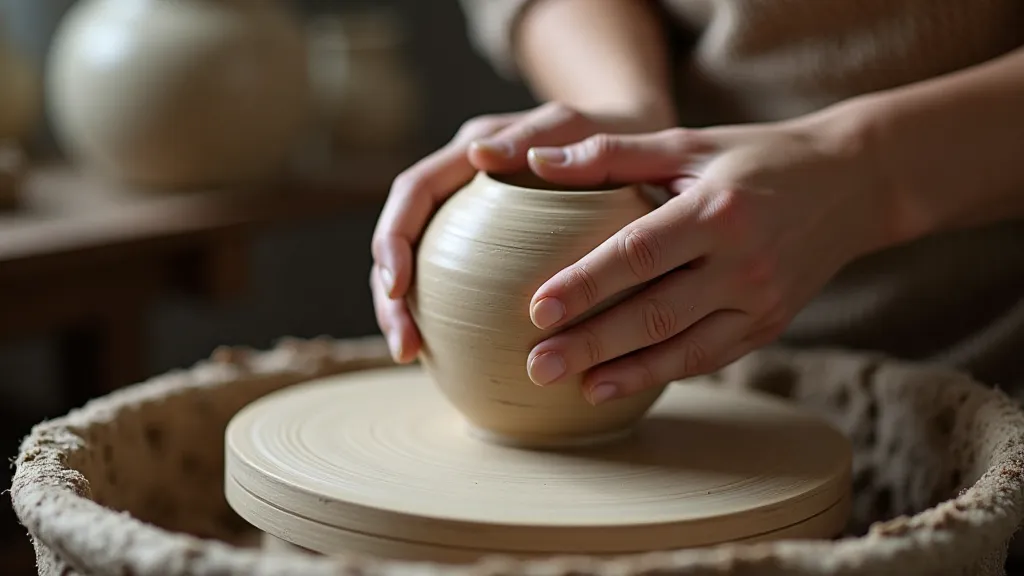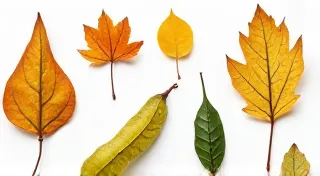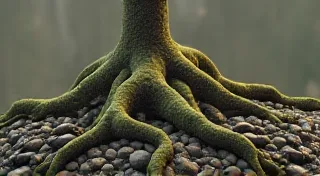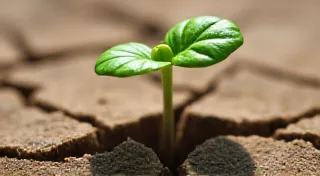The Kiln's Breath: Exploring Regional Clay Identities
There's a certain quiet dignity inherent in ancient objects, a muted song whispering of hands that shaped them, fires that transformed them, and lives touched by their presence. Think of an antique accordion, its bellows worn smooth by countless dances, its keys a map of melodies played and shared. It’s more than just an instrument; it's a vessel of memory, a tangible connection to a specific time and place. Pottery, I find, possesses a similar resonance. It’s not merely about function, about holding soup or adorning a table. It’s about the earth itself, the very essence of a region, captured and coaxed into form.
For centuries, potters have known a profound truth: clay isn's a homogenous material. It’s a geological fingerprint, a direct consequence of the landscape from which it’s extracted. The mineral composition, the grain size, the trace elements – all dictate how the clay behaves on the wheel, in the kiln, and ultimately, in the hands of the artisan. The unique properties of regional clay bodies don’t just shape the physicality of pottery; they subtly influence the artistic vision of potters throughout history, fostering distinct traditions.
My fascination began, surprisingly, not in a pottery studio, but in a dusty antique shop. I was searching for old tools – a bit of a habit – and stumbled upon a collection of Staffordshire blue transferware. The cobalt pigment, sourced from Germany, was vibrant against the creamy clay, a stark contrast that spoke of both trade and artistry. The patterns themselves – pastoral scenes, romantic landscapes – were instantly recognizable as representative of a very specific aesthetic, one born of the industrial Midlands of England. That simple encounter ignited a passion to understand the deeper story embedded within the clay itself.
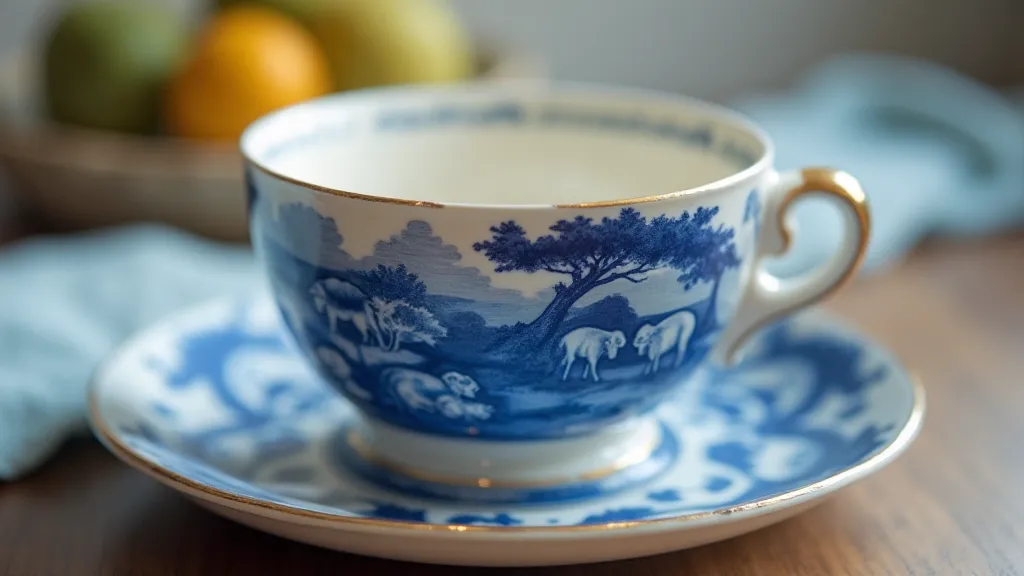
The Influence of the Earth: A Regional Tapestry
Consider the Raku ware of Japan. Its signature crackled glaze, known as *kaki-raku*, isn't a deliberate aesthetic choice in the modern sense. It’s a consequence of the clay's composition, particularly the iron content, and the rapid firing and cooling process. This technique, developed in the 16th century for the tea ceremonies of Zen Buddhists, relied on readily available local clay deposits. The unpredictable nature of the glaze, the dramatic appearance of the cracks, became intertwined with the Zen philosophy of embracing imperfection (*wabi-sabi*). The beauty of this aesthetic, and others rooted in imperfection, truly emphasizes the uniqueness of regional traditions and the beauty found in embracing the unexpected – a philosophy sometimes explored in greater detail when discussing the imperfect bloom and embracing wabi-sabi in regional ceramics.
Contrast that with the terracotta of Tuscany, Italy. The clay, rich in iron oxides, lends itself to a warm, reddish-brown hue, readily achievable through simple firing techniques. For centuries, Tuscan potters have produced functional wares – olive oil jars, wine amphorae, roofing tiles – all bearing the mark of their earthy origins. The very color became synonymous with the region's identity, evoking images of sun-drenched hillsides and generations of skilled craftsmanship. This emphasis on functionality and regional identity often resonates with traditions where female artisans play a pivotal role, something further investigated when considering the quiet strength and the important role of female voices in regional pottery traditions.
And what of the Pueblo pottery of the American Southwest? The ancestral Puebloans, who thrived for centuries across the modern-day Four Corners region, developed intricate techniques for sourcing and processing clay. They often combined clays from multiple locations to achieve desired qualities – strength, plasticity, color. The distinctive black-on-white designs, often depicting animals and geometric patterns, weren't just decorative; they were laden with cultural and spiritual significance, meticulously passed down through generations. The clay itself was an integral part of their cultural heritage. The challenges of sustainable practices and responsible material sourcing are increasingly important in these traditions, sometimes explored more deeply when examining practices that prioritize working from the earth, for the earth, within regional pottery traditions.
Craftsmanship & Subtle Insights
Working with regional clay is more than just choosing a different color. It's about understanding its nuances. A clay high in silt might be exceptionally plastic but prone to cracking during drying. A clay low in organic matter might fire harder but lack the warmth and character of a clay with a bit more "life" within it. Experienced potters in each region develop an intuitive understanding of their local clays, learning how to adjust techniques – firing temperature, glaze recipes, drying times – to compensate for inherent qualities. The evolution of pottery techniques has not always followed a linear progression; sometimes, innovation springs from adapting to limitations – a characteristic often highlighted when looking at the crucible of adaptation and modern interpretations of regional pottery.
For those interested in collecting antique pottery, paying attention to the clay is crucial. It provides valuable clues about the origin and age of the piece. The color, texture, and firing marks can be diagnostic. A piece with a coarse, grainy clay is unlikely to be a delicate porcelain from China. A piece with a distinctive red hue might be identifiable as Tuscan terracotta. Researching the geological maps of a region can even provide a deeper appreciation for the resources that fueled its ceramic traditions. The relationship between the pottery and its environment is often symbiotic, reflecting both the demands and constraints of the land.
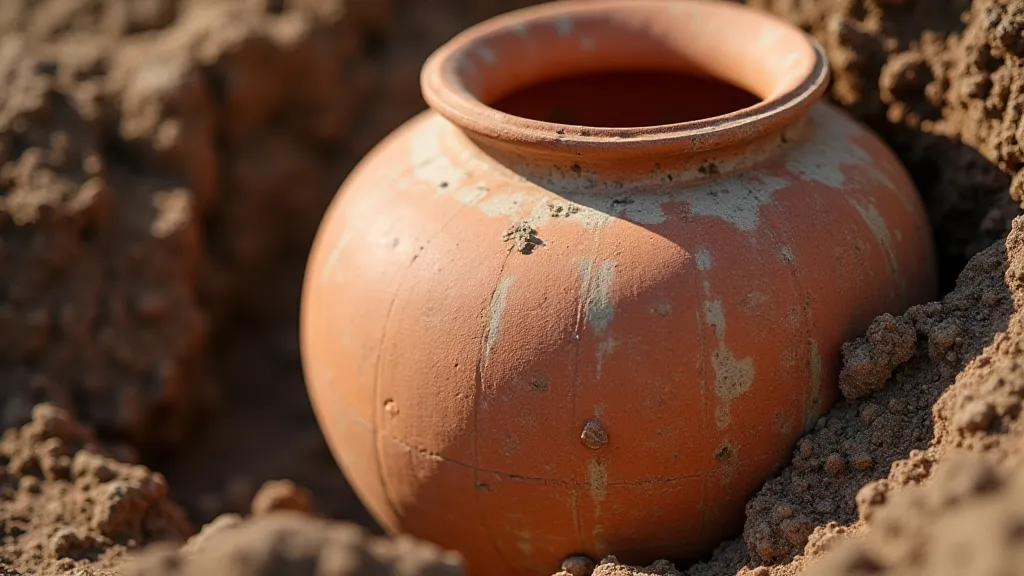
Restoration, of course, is a delicate process. Attempting to alter the original clay body – filling cracks with epoxy, re-firing to change the color – is often detrimental to the piece’s historical integrity. The imperfections are often part of its story, a testament to its journey through time. Ethical considerations in restoration also frequently involve respecting the original materials and acknowledging the influence of the clay’s origin, further echoing the importance of regional identity.
The Enduring Song of the Earth
The beauty of regional pottery lies not just in the finished product, but in the entire chain of processes – the geological formation of the clay, the labor of the miners, the skill of the potter, the wisdom passed down through generations. Each piece tells a story, a silent narrative of the earth, the hands, and the heart. The connection between artisans and their environment, and the preservation of those connections, is crucial for maintaining the authenticity and cultural significance of regional pottery. The pottery itself becomes a vessel not just for liquid or food, but for history and tradition.
Think of it like the accordion again. You can buy a mass-produced instrument, but it won't possess the same soul as a handcrafted one, built with specific wood, tuned to a particular register, and played by a musician who understands its quirks and potential. Regional pottery carries that same weight, that same depth of meaning. This concept of artisanal skill and its link to cultural identity is a recurring theme in many traditional crafts, including pottery.
It’s a constant reminder that we are all connected – to the land, to our heritage, and to the enduring power of human creativity. The understanding of the origins of the clay, and the impact of the environment on its characteristics, has shaped not just the aesthetics of pottery, but also the cultural practices surrounding it. The kiln's breath, the transformation of raw earth into works of art, continues to resonate across cultures and across time, a testament to the quiet beauty of regional clay identities. The continued development of sustainable methods is also vital for ensuring that the stories told by these pieces can be passed down to future generations, allowing us to better understand the lasting legacy of these traditions.
